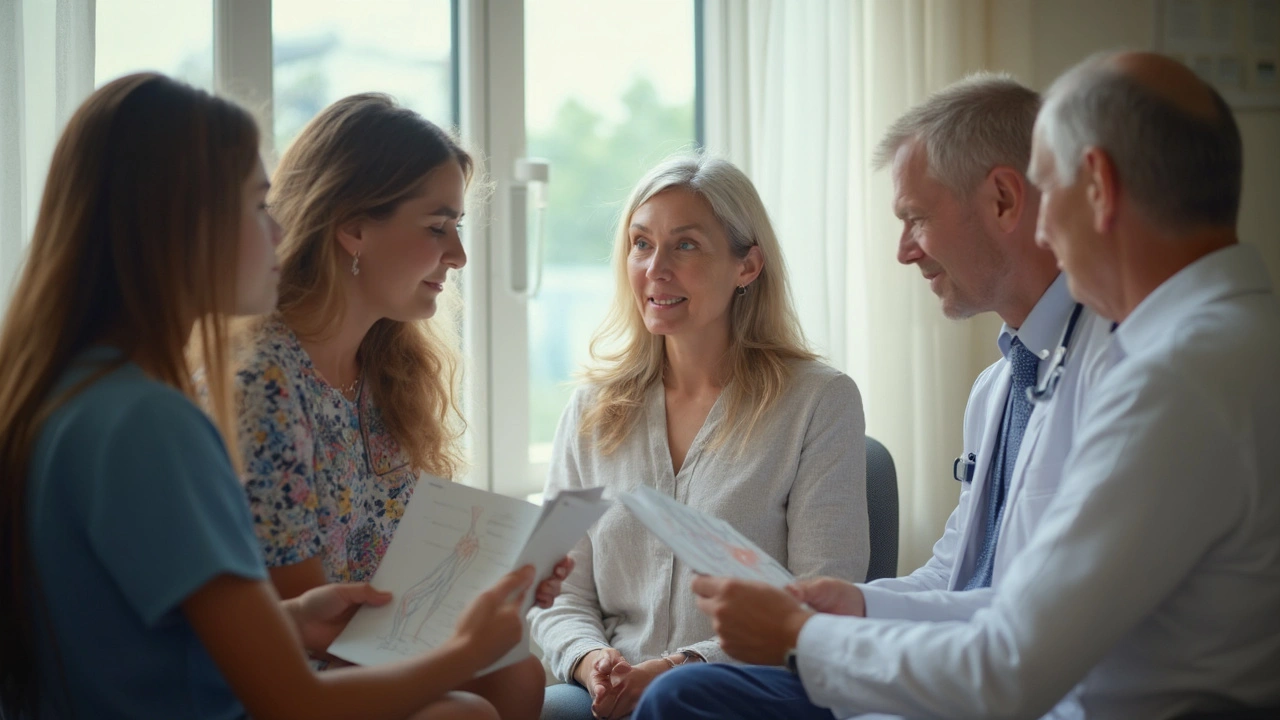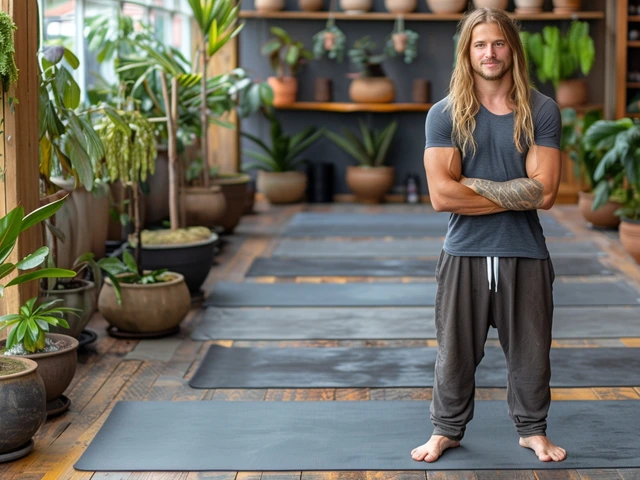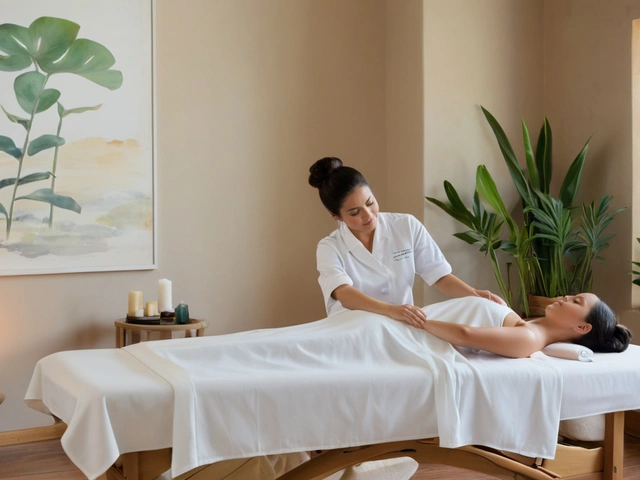Noninvasive Treatment: Practical Options That Actually Work
Noninvasive treatments can reduce pain, improve posture, and lower stress without drugs or surgery. If you want relief that feels natural and low-risk, this page pulls together proven methods you can try now. I’ll quickly show what each approach does, who it helps, and simple tips to pick a good practitioner.
Hands-on bodywork that changes how you move
Therapies like Feldenkrais, Hellerwork, Rolfing, and Ortho-Bionomy focus on body alignment and movement patterns. Feldenkrais uses gentle guided movement to teach your nervous system better habits—great if stiffness or poor posture limits you. Hellerwork and Rolfing use deeper structural work to shift long-held tension; expect longer sessions and gradual change. Ortho-Bionomy keeps things gentle, using small movements and positions to ease pain without force. Try one session, notice how your body feels, then decide if a series fits your goals.
Targeted touch for pain and balance
Trigger point massage, acupressure, and Amma address specific knots and tight spots. Trigger point work targets muscle knots that cause referred pain—handy for headaches and shoulder pain. Acupressure presses energy points to reduce stress, nausea, and tension; you can learn simple points to use at home. Amma blends massage and rhythm to release back pain fast. For safety, tell your therapist about surgery, blood thinners, or pregnancy.
Cupping and warm stone therapy use temperature and suction to ease tight muscles and boost circulation. They can leave marks or feel intense, so book a practitioner who explains side effects first. Blind massage offers a different advantage: therapists trained without sight often have exceptional touch and can detect subtle tension you miss.
If you’re facing end‑of‑life or severe illness, palliative massage focuses on comfort, breath, and dignity rather than fixing problems. It’s about easing symptoms and supporting families, so check hospice or trained caregivers for referrals.
How to choose what works: Start with one clear goal: less pain, better sleep, or improved mobility. Read practitioner bios and ask about training, session length, and what a typical course looks like. Prefer short trial packages to test a method without big cost. Look for client reviews that mention outcomes similar to yours.
Simple self-care to combine with sessions: Hydrate after sessions, do gentle stretches your therapist shows you, and keep a short diary of pain, sleep, and stress. Small daily habits—ten minutes of mindful movement, a few acupressure holds—stack with professional care and speed recovery.
When to see a doctor: Noninvasive options help most people, but see your doctor if you have a new severe symptom, unexplained weight loss, fever, or loss of nerve function. Always clear major health changes before starting a new bodywork program.
Pick one method, give it time, and track results. With the right match, noninvasive treatment can help you move better, feel calmer, and live with less pain.
Check certifications, ask about insurance coverage, and confirm sanitation standards. Many therapists offer combos—mix Feldenkrais with trigger point work for better results. Commit to an ongoing schedule: three to six sessions often shows clear progress for chronic issues.

Contractual Tendon Release Surgery: Breakthroughs in Noninvasive Treatment for Stiffness
Discover how contractual tendon release is changing recovery from joint stiffness. Learn about benefits, what to expect, and details that could help you or a loved one.
Categories
- Health and Wellness (148)
- Alternative Therapies (86)
- Massage Therapy (40)
- Travel and Culture (15)
- Beauty and Skincare (9)
- Holistic Health (8)
- Health and Fitness (5)
- Spirituality (5)
- Other (2)
- Personal Development (2)
Popular Articles



